Pears are among the most cherished and versatile fruits enjoyed by people across the globe. With their sweet, juicy flesh and delightful aroma, pears are a staple in countless diets, whether consumed fresh, canned, dried, or incorporated into both sweet and savory recipes. While many countries cultivate pears, not all can meet their growing domestic demand through local production. This imbalance between consumption and production has turned pear imports into a vital component of international fruit trade.
In this article, we’ll uncover which country imports the most pears in the world, explore the dynamics behind the global pear trade, highlight the major exporters supplying these markets, and examine the trends shaping the future of the pear industry.
The Global Pear Industry Overview
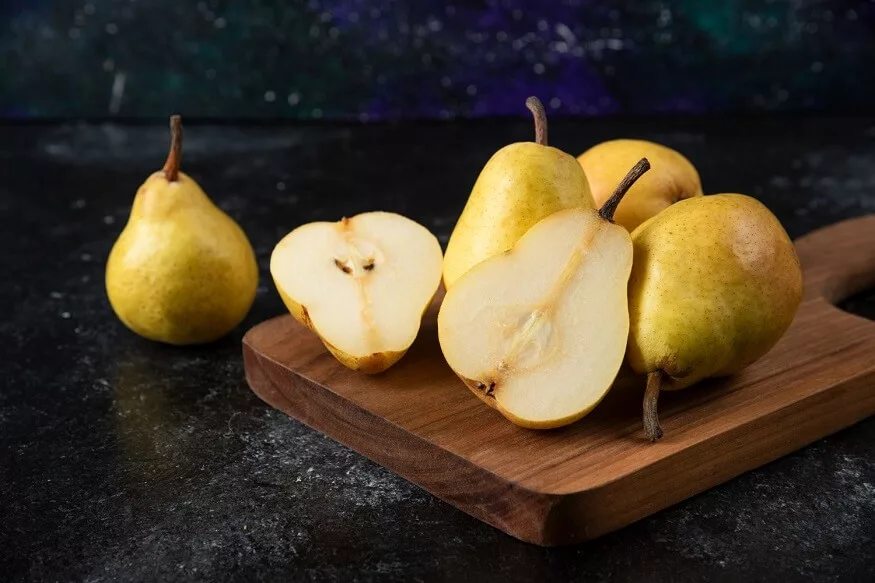
According to the Food and Agriculture Organization (FAO), the world’s pear production reached around 26 million metric tons in 2023. The bulk of this comes from countries such as:
- China (accounting for nearly 70-75% of total global production)
- Argentina
- Italy
- South Africa
- United States
- Netherlands
While production thrives in these nations due to their suitable climates and advanced agricultural systems, other regions—especially in Asia, Europe, and Latin America—depend heavily on imports to satisfy market demand.
Which Country Is the Largest Pear Importer in the World?
According to the latest International Trade Centre (ITC) and UN Comtrade trade data, the title of largest pear importer in the world goes to Indonesia.
Key Figures:
- Indonesia imported approximately 252,000 metric tons of pears in 2023.
- This accounted for over 10% of the world’s total pear imports.
- The bulk of these imports come from China, with some supply from the United States, South Africa, and New Zealand.
Why Is Indonesia the Top Pear Importer?
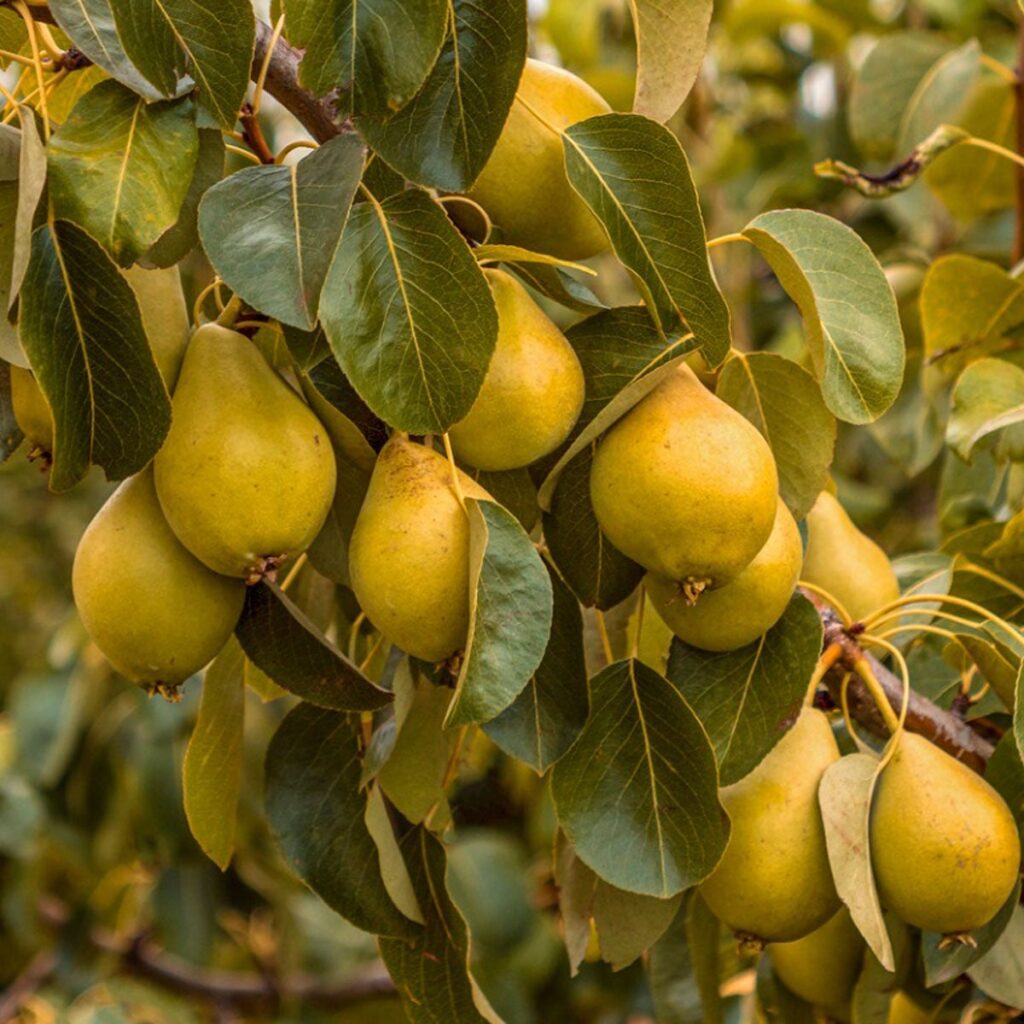
Indonesia’s leading position as the world’s largest pear importer can be attributed to several interrelated factors:
Growing Middle-Class and Consumer Demand
Indonesia is one of Southeast Asia’s fastest-growing economies, with a rising middle class that increasingly values diverse and premium food products. Pears, viewed as a healthy, imported delicacy, have gained popularity in both urban and semi-urban areas.
Limited Domestic Production
The tropical climate of Indonesia isn’t well-suited for commercial pear cultivation, as pears typically require temperate growing conditions. As a result, the country relies almost entirely on imports to meet domestic demand.
Year-Round Consumption
Pears are enjoyed year-round in Indonesia and are commonly found in supermarkets, fresh markets, restaurants, and foodservice outlets. They’re often used in fruit platters, desserts, beverages, and religious offerings, especially during festive seasons and weddings.
Strong Trade Ties with China
China, being the world’s largest pear producer, exports a significant quantity of pears to Indonesia. The proximity and strong trade relationship between the two countries make imports cost-effective and efficient.
Other Leading Pear-Importing Countries
While Indonesia holds the top spot, several other nations are significant players in the global pear import market:
| Rank | Country | Import Volume (2023) |
|---|---|---|
| 1 | Indonesia | 252,000 metric tons |
| 2 | Russia | 224,000 metric tons |
| 3 | Germany | 187,000 metric tons |
| 4 | Brazil | 159,000 metric tons |
| 5 | Netherlands | 138,000 metric tons |
| 6 | France | 129,000 metric tons |
| 7 | Italy | 127,000 metric tons |
| 8 | United Kingdom | 108,000 metric tons |
| 9 | United States | 73,000 metric tons |
| 10 | Kazakhstan | 69,000 metric tons |
The Major Pear Exporters Supplying Global Markets
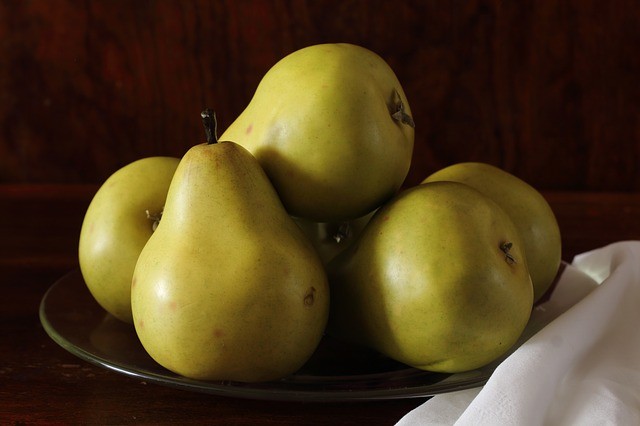
To meet the global demand, a few countries dominate the pear export trade:
- China: The world’s largest pear producer and exporter, supplying countries across Asia and beyond.
- Netherlands: A major European hub for pear distribution within the EU and globally.
- Belgium: Specializes in exporting premium varieties to Europe and the Middle East.
- Argentina: The leading exporter from the Southern Hemisphere, especially to Brazil and European markets.
- South Africa: Supplies pears primarily to the United Kingdom, Europe, and parts of Asia.
- Chile: Another important Southern Hemisphere supplier, with exports to the U.S., Europe, and Asia.
How Are Pears Transported Internationally?
To maintain freshness and quality, pears are typically transported using:
- Refrigerated shipping containers (reefers) for long-distance ocean transport.
- Air freight for premium, high-value varieties or when quick delivery is essential.
- Controlled Atmosphere (CA) containers, which regulate oxygen, carbon dioxide, and humidity levels to extend shelf life during transit.
Because of their relative durability compared to soft fruits, pears travel well over long distances, making them ideal for international trade.
Global Pear Import Trends
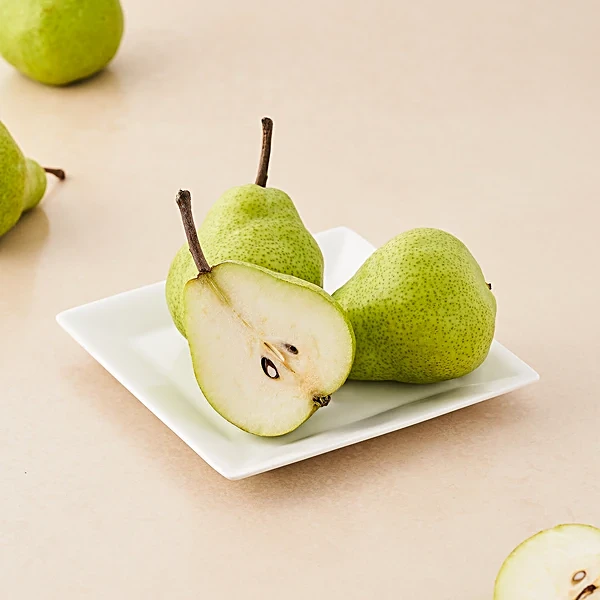
The global pear trade is influenced by several ongoing trends:
Rising Health Awareness
As consumers worldwide become more health-conscious, demand for nutrient-dense fruits like pears—rich in fiber, vitamins, and antioxidants—has grown significantly.
Year-Round Availability
Thanks to coordinated production cycles in the Northern and Southern Hemispheres, consumers can enjoy fresh pears throughout the year, driving steady import demand.
Premium and Organic Pears
High-income markets in Europe, North America, and parts of Asia are witnessing growing demand for organic and premium pear varieties, often commanding higher prices.
Emerging Markets
Countries like Vietnam, the United Arab Emirates, and India have seen increasing pear import volumes due to expanding middle classes and diversified dietary preferences.
Challenges in the Global Pear Trade
Despite a healthy global trade environment, the pear industry faces several challenges:
- Climate Change: Fluctuating temperatures, droughts, and unpredictable weather patterns affect pear harvests in key producing countries.
- Rising Production and Transportation Costs: Higher labor, fertilizer, and logistics costs have impacted pear prices and supply chains.
- Phytosanitary Regulations: Exporters must meet strict import requirements regarding pest control, packaging, and chemical usage, especially in markets like the EU and U.S.
- Competition with Other Fruits: Seasonal demand for pears often competes with other fresh fruits like apples, peaches, and grapes.
Future Outlook for Pear Imports
Looking ahead, the global pear market is expected to remain stable, with certain regions showing faster growth:
- Indonesia is likely to retain its position as the largest pear importer, given its growing population, improving economy, and lack of domestic production.
- China will remain the leading supplier, with other major exporters like Argentina, South Africa, and the Netherlands continuing to serve global markets.
- Emerging markets in Southeast Asia, the Middle East, and Africa are expected to increase their import volumes as consumer preferences evolve.
- Sustainability and traceability will play a growing role, with organic and fair-trade certified pears gaining traction in premium markets.
Conclusion
To summarize:
- Indonesia is the world’s largest pear importer by volume, importing over 252,000 metric tons annually.
- The country’s strong demand stems from its growing middle class, limited domestic production, and year-round consumption habits.
- China dominates global pear exports, followed by key suppliers from the EU, South America, and Africa.
- The global pear market is dynamic, driven by health trends, culinary preferences, and improved global logistics.
- Future growth will be led by rising demand in emerging economies and increased interest in organic and premium pear varieties.
As one of the world’s oldest cultivated fruits, the pear continues to evolve in global trade, promising steady demand and exciting market opportunities for producers and exporters worldwide.

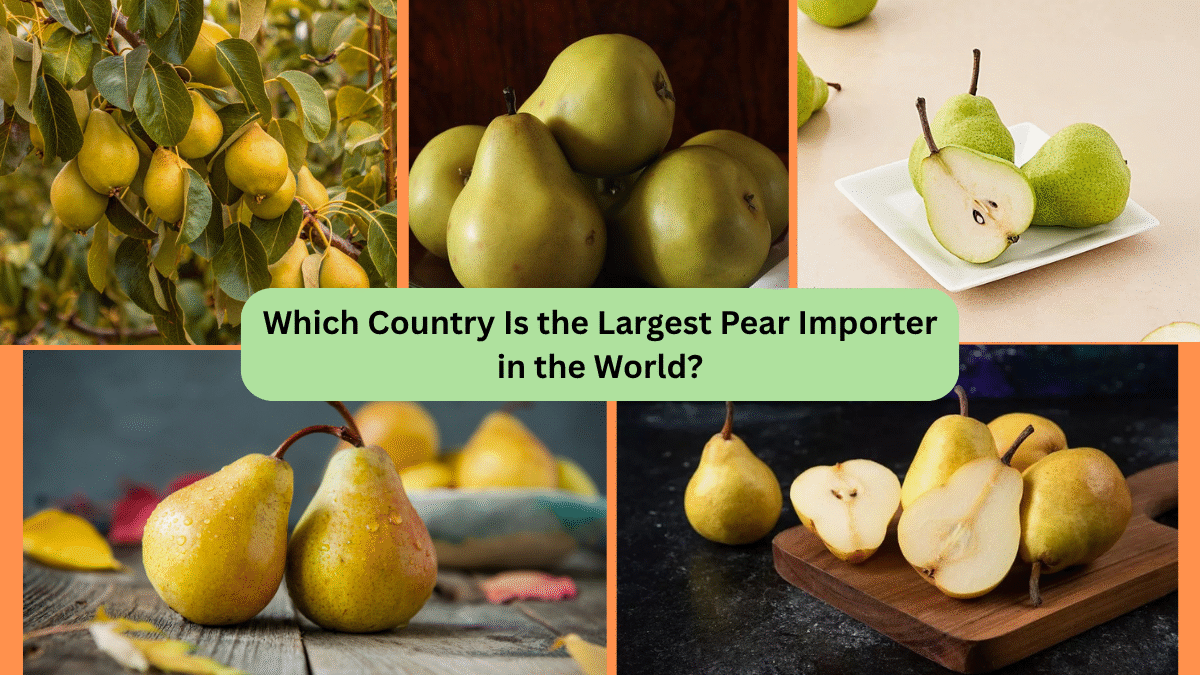




Leave A Comment